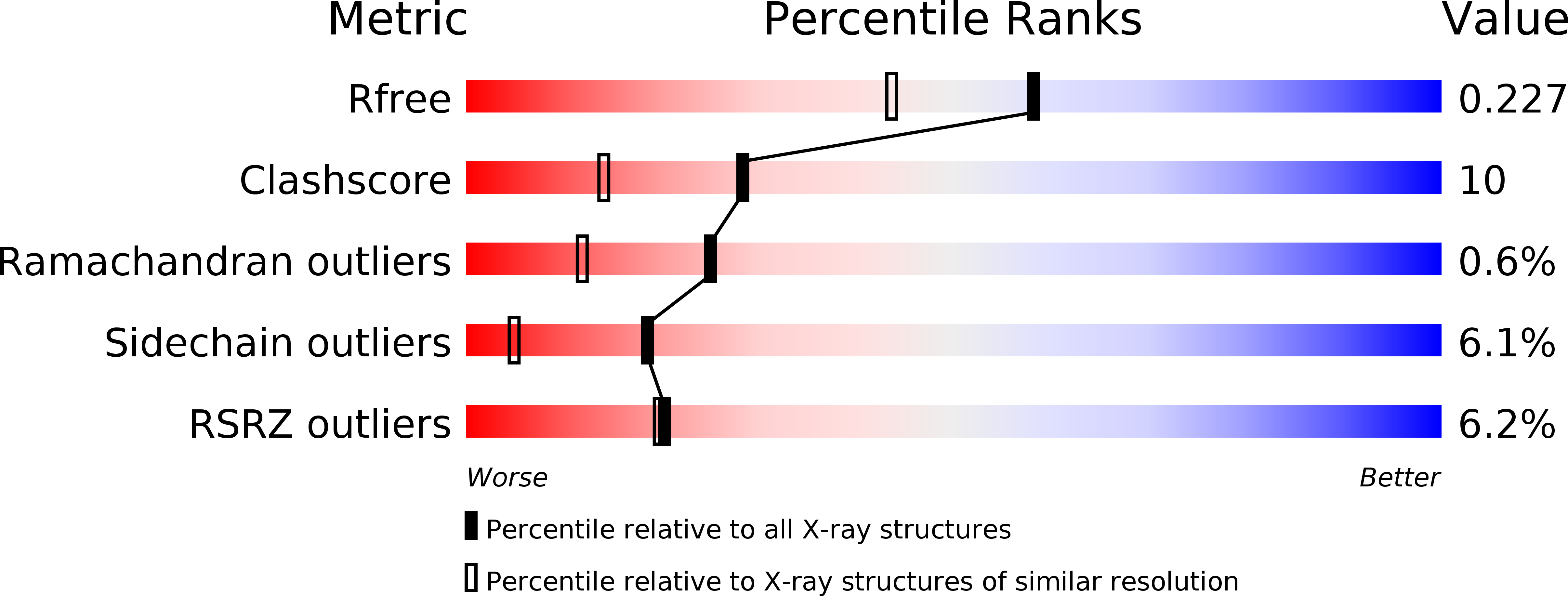
Deposition Date
2006-12-13
Release Date
2007-06-19
Last Version Date
2023-10-25
Entry Detail
PDB ID:
2E4M
Keywords:
Title:
Crystal structure of hemagglutinin subcomponent complex (HA-33/HA-17) from Clostridium botulinum serotype D strain 4947
Biological Source:
Source Organism:
Clostridium botulinum (Taxon ID: 1491)
Method Details:
Experimental Method:
Resolution:
1.85 Å
R-Value Free:
0.22
R-Value Work:
0.19
R-Value Observed:
0.19
Space Group:
H 3 2


